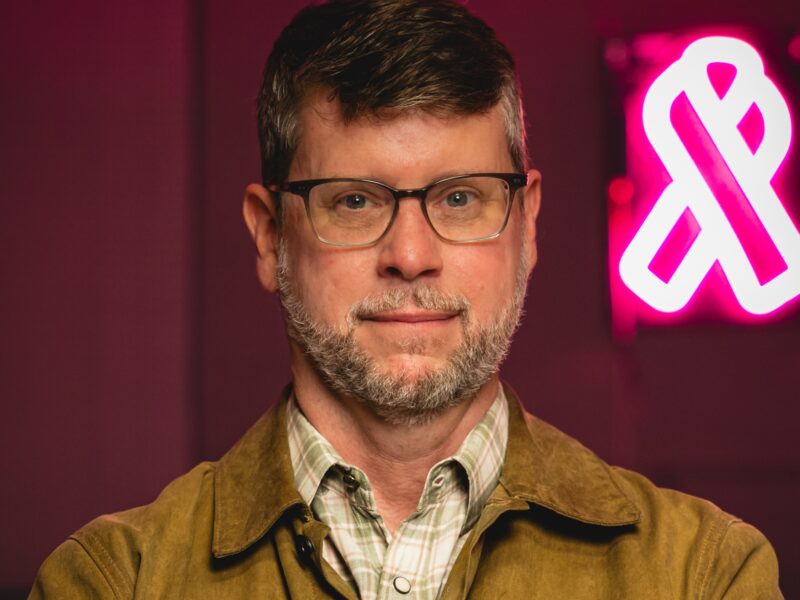Nobel Prize Winner Joins Physics Faculty

Dr. David M. Lee, 1996 Nobel Prize winner in Physics and James Gilbert White Distinguished Professor of the Physical Sciences Emeritus at Cornell University, will join Texas A&M University’s Department of Physics, effective Nov. 16, 2009, announced Dr. Edward S. Fry, professor and head of physics.
Lee has accepted a position as professor of physics for six months each year in the department’s condensed matter program. In addition to teaching, he will move both his research program and laboratory — whose interests overlap with those of faculty in the university’s world-class quantum optics institute and condensed matter programs — from Cornell to Texas A&M.
With the addition of Lee, Texas A&M Physics now boasts two of the three Nobel laureates currently on faculty at Texas A&M — a list that also includes Dr. Dudley R. Herschbach (Department of Physics, 1986 Nobel Prize in Chemistry) and Dr. Bruce A. McCarl (Department of Agricultural Economics, 2007 Nobel Peace Prize). The late Dr. Norman E. Borlaug (Department of Soil and Crop Sciences, 1970 Nobel Peace Prize) and the late Sir Derek H.R. Barton (Department of Chemistry, 1969 Nobel Prize in Chemistry) round out the complete list of Nobel hires during the university’s 133-year history.
“We are indeed fortunate to have Dr. Lee join us,” said Dr. H. Joseph Newton, dean of the College of Science. “He is an amazing man with wide interests, and his collaboration will add much to programs throughout physics and the university.”
One of 183 laureates honored for achievements in physics since the inception of the prestigious Nobel Prize program in 1901, Lee shared the 1996 Nobel Prize in Physics with fellow Cornell physicist Robert C. Richardson and Stanford University’s Douglas D. Osheroff — their doctoral student at Cornell at the time — for their 1972 discovery of superfluidity in helium-3 (He-3).
During their days in the low-temperature laboratory at Cornell in the early 1970s, the three discovered, using a hand-built apparatus, that the helium isotope, helium-3, can be made “superfluid” — unaffected by friction — at a temperature only about two thousandths of a degree above absolute zero. This superfluid quantum liquid differed greatly from the one previously discovered in the 1930s and possessed highly specialized characteristics, illustrating that the quantum laws of microphysics also sometimes directly govern the behavior of macroscopic bodies.
As a result of their breakthrough discovery, superfluid He-3 is now one of the richest systems in condensed matter physics, with exotic order parameters that exemplify a whole new set of physical concepts that impact many other areas, including even cosmology.
“We are extremely pleased that David Lee is joining our department,” said Dr. Edward S. Fry, holder of the George P. Mitchell ’40 Chair in Experimental Physics and head of the Department of Physics. “He will be a great addition to our condensed matter and optics groups, and we are excited about the important contributions he will make to our department and to the greater university. We appreciate all the help everyone has given to us in convincing him to come to Texas A&M.”
A member of the Cornell faculty since 1959, Lee has made many noteworthy discoveries during his 50-year career studying liquid and solid helium, including nuclear spin waves in spin-polarized atomic hydrogen gas. His current research focuses on atomic hydrogen and nitrogen stabilized by matrix isolation in helium-impurity clusters.
Lee is one of Texas A&M’s initial faculty hires under its recently finalized Academic Master Plan, the follow-up to the university’s unprecedented five-year faculty reinvestment campaign that attracted nearly 500 new faculty to the Texas A&M campus between 2003 and 2008. The plan calls in part for Texas A&M to “reinforce its importance as a comprehensive research university by recruiting and retaining a diverse community of world-class scholars in areas of existing and emerging strength.” Lee will be the first member of what university officials describe as an “advanced study institute” composed of world-class senior scholars who are either visiting or permanent hires at Texas A&M.
“Dr. Lee is known worldwide for his contributions in the field of physics, and we are honored that he has elected to continue his legendary research at Texas A&M,” said Interim President R. Bowen Loftin, who is also a 1970 Texas A&M physics graduate. “His hiring is a testament to our Academic Master Plan and our commitment to the ‘culture of excellence’ as outlined in Vision 2020 — Texas A&M’s goal of becoming on the nation’s top 10 public universities over the next decade.”
A second bold initiative — the $10 million Texas A&M University System Academic Scholars Enhancement (ASE) Program — will provide $500,000 in critical start-up funding for equipment and facilities renovation to enable Lee to hit the ground running when he arrives at Texas A&M. The program, launched in 2008, is intended to help the A&M System attract and retain faculty members who are, or who demonstrated the potential of becoming, members of the National Academy of Engineering, the National Academy of Sciences, the American Academy of Arts and Sciences, or the Institute of Medicine.
“Dr. Lee represents both a major addition to the already stellar science faculty at Texas A&M and an inspiring example of the vision of excellence and achievement that defines the entire A&M System,” said Michael McKinney, M.D., chancellor of the Texas A&M System. “We are immensely proud of having him here to accelerate us in the pursuit of our land-grant mission to make useful research available to the people of Texas.”
A member of the National Academy of Sciences as well as a foreign member of the Russian Academy of Sciences, Lee is a Fellow of the American Academy of Arts and Sciences, the American Physical Society, the American Chemical Society and the British Institute of Physics. His many international awards include the John Simon Guggenheim Fellowship (1966-67 and 1974-75), the British Institute of Physics’ Sir Francis Simon Memorial Prize (1976), the Japan Society for the Promotion of Science Fellowship (1977), the American Physical Society’s Oliver E. Buckley Solid State Physics Prize (1981) and Yale University Graduate School’s Wilbur Cross Medal (1999).
Lee has held visiting appointments at Brookhaven National Laboratory (1966-67), the University of Florida (1974-75), the University of California at San Diego (1988) and Joseph Fourier University in Grenoble, France (1994). He holds honorary doctorates from the University of Connecticut, Polytechnic Institute of New York, the University of Florida, the University of Buenos Aires, Joseph Fourier University and the United Kingdom’s Lancaster University.
A native of Rye, N.Y., Lee received an A.B. degree in physics from Harvard University in 1952, then served two years in the United States Army prior to earning his master of science from the University of Connecticut in 1955 and his Ph.D. from Yale University in 1959.
Media contact: Shana K. Hutchins, Texas A&M College of Science.





